Not sure which welding method to choose? The below article will help you get to know the basics of TIG welding. You will find out which parameters are the most important, how to choose the right equipment, and also read about the most common mistakes made by welders. We will also try to answer the following question: when is TIG welding used?
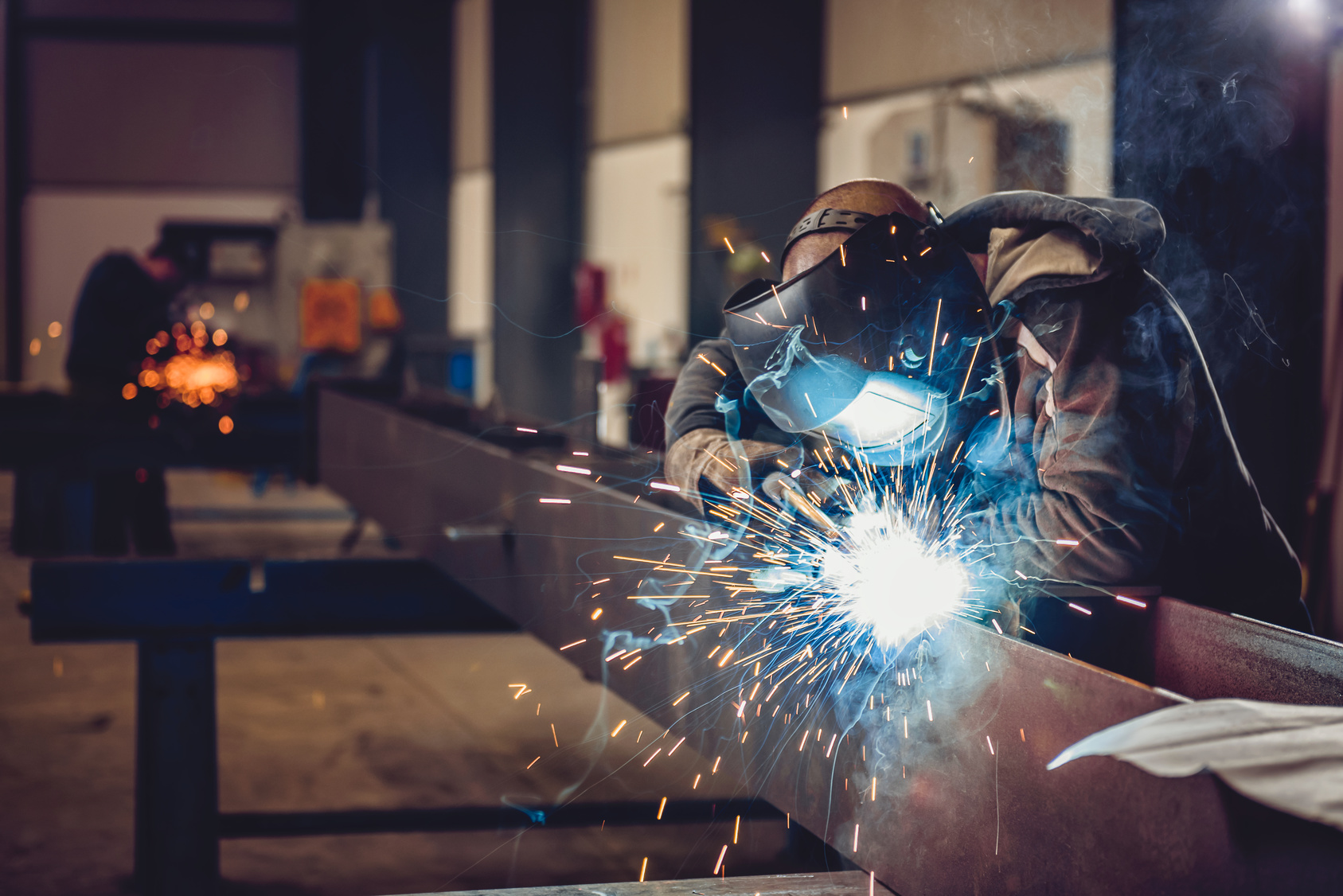
Not sure which welding method to choose? The below article will help you get to know the basics of TIG welding. You will find out which parameters are the most important, how to choose the right equipment, and also read about the most common mistakes made by welders. We will also try to answer the following question: when is TIG welding used?
TIG welding parameters
This method uses a non-consumable tungsten electrode shielded by inert gases (most often argon and helium) or their mixtures. Both tungsten in its pure form, as well as enriched with oxides, are used for the production of electrodes. Color markings indicate the chemical composition:
- Green – from pure tungsten
- Grey – with added cerium oxide (ceriated)
- White – with added zirconium oxide (zirconiated)
- Gold – with added lanthanum oxide (lanthanated)
- Red – with added thorium oxide (thoriated)
The electrodes also have different diameters. The thinnest rods are 1 mm thick, and the thickest are 6.4 mm.
The arc strikes between the electrode and the processed material. During the arc welding process, the shielding gas cools the electrode and protects the weld pool from atmospheric gases. Due to the fact that no flux is used, the joining process does not generate any significant changes in the chemical composition of the materials. There is also no splattering.
The most important parameters of TIG welding are:
- Type and intensity of current. Both a direct and alternating current can be used for this method. If you choose a direct current, the process can have a negative or positive polarity. The electrode connected to the positive pole causes the tip to heat up strongly, which forces the permissible current intensity to drop. If you want high intensity, you need to use an electrode with a larger diameter. Welding with an alternating current does not imply such restrictions, but may reduce the quality of the weld. The current intensity determines the fusion depth and the width of the weld. It usually has a range of 5 to 600 A.
- Arc voltage. It is responsible for its length, and also the shape of the weld, depending on the gas used. Its value is related to the electrode material and the chosen current intensity.
- Welding speed. This is the speed of the electrode with a glowing arc. It covers a range of 0.05 to 0.4 m / min. Similar to the intensity of the current, it affects the fusion depth and the width of the weld. It depends not only on the welder’s experience and the welding position, but also on the thickness and type of material, and current intensity.
- Type and flow rate of the shielding gas. We already mentioned how important shielding gas is at the beginning of this article. Many handbooks suggest that it is best to use argon 4.0 or its types with even higher purity of 4.5 and 5.0. These are very high quality gases. Under neutral conditions the flow is usually 6-15 or 5-20 l / min. To ensure both quality and safety when working with gas, you need an appropriately shaped nozzle. If you want to regulate the gas flow very precisely, you should use a regulator equipped with a flow meter.
- Diameter and type of non-consumable electrode. The types of electrode mentioned at the beginning of this article should be selected depending on the material. The type of current, its polarity and intensity should therefore be taken into account. The parameters are well presented in publications such as the TIG welding handbook, a guide to welding etc.
- Balance and frequency of the alternating current. These parameters are typical for TIG welding with an alternating current. The frequency is 60-200 Hz (often 80-120 Hz is recommended as the optimal range). The balance of the alternating current is of particular importance when processing aluminum, which is difficult to weld. This impacts the heat distribution between the processed material and the electrode.
How to choose the TIG welding current
A welder with many years of professional experience will intuitively know how to set the current. But what if you don’t have much experience and find it difficult to estimate the appropriate value? By using the trial-and-error method you could end up wasting a lot of material. In such situations, correlation charts will definitely come in handy. They help you choose the right current and electrode, depending on what you are welding. For example: mild steel with a thickness of 2-3 mm requires an intensity of 60-70 A and the use of an electrode with a diameter of 2 mm. You can easily find such charts on welding websites, websites of electrode manufacturers and handbooks for technicians. For beginners, we would recommended welders with smooth current regulation.
TIG welding joints
The TIG method lets you achieve high quality clean welds, which many consider as one of its main advantages. However, regardless of how careful you are and what connection method you use, the following types are generally used:
- Butt joint. It is created between the wall that forms the thickness of one element with the same wall of the other element. There are two types: full penetration, covering the entire thickness, and partial penetration, covering only a part.
- Fillet joint. This is formed in the groove between the two non-bevelled sides of the weld. Bevelling is a cutting method in which the edge is not perpendicular to the top of the processed material.
- Edge joint. This is a type of weld that covers the entire thickness of the sheet or a part of it. It consists of bending and melting its edges without the use of a binder. It is suitable for metal sheets with a maximum thickness of 3 mm.
- Bore joint. One of the connected elements must have an oblong or circular hole, which is filled with a binder.
- Spot joint. This weld does not require a hole. One of the sheets is melted down, and then blends into the other one beneath it.
Common mistakes with TIG welding
There are many mistakes that first-time welders can make. This is perfectly normal, and getting the knack of it takes time. Below is a list of the most common mistakes:
- Unstable binder application. If the binder is applied in this way, its layer could be incorrectly formed. If the welding process is interrupted (e.g. the binder comes into contact with the electrode), it can be restarted. However, the wet piece of the electrode should be sanded down so that the tungsten does not get into the weld. It will then be clean without any additional external elements.
- Incorrect technique of using the torch. Do not swing too wide. You should move the torch forward vigorously and hold it at an acute angle.
- Lack of protection of a liquid weld. If you decide to take a short break, remember to leave the liquid weld protected. It needs time to cool down. You can continue working later.
- Incorrect resumption of welding. After the break, you must immediately apply the binder, melt a pool and provide more material.
If you make these mistakes, you will end up with an irregular weld as well as an overheated sheet. Of course you can weld this way, but it will not be neat or aesthetic.
Always make sure you have the appropriate welding current, gas flow and type of binder. If the weld is still porous despite this, you should make sure the material is good quality. Sometimes steel is difficult to weld and it is almost impossible to make a perfect arc weld.
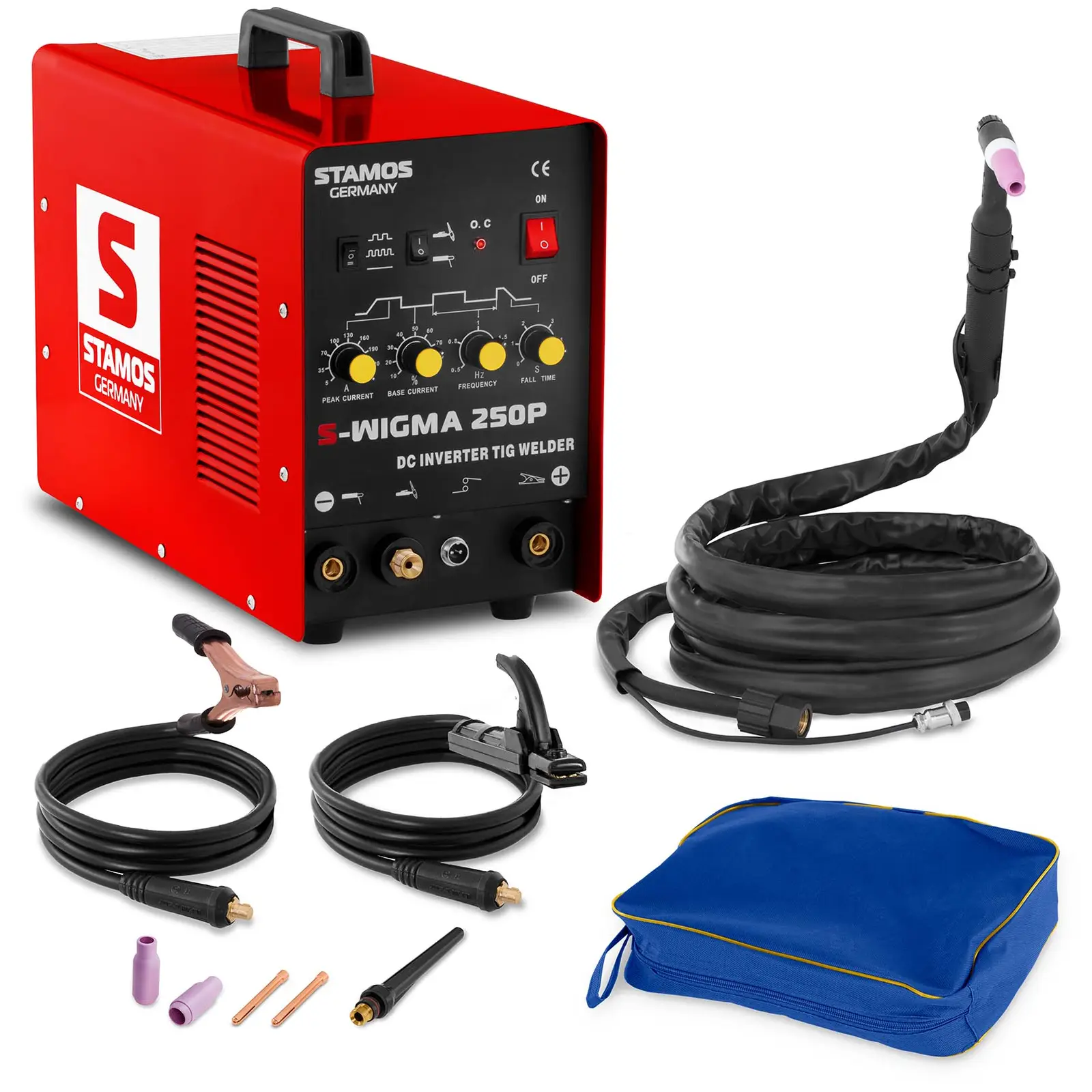
Best deals
- expondo Buy now
When can you use TIG welding
TIG welding is considered to be a universal method. It is popular for welding aluminum and its alloys. An alternating current is used. In addition to aluminum, TIG is also used for other non-ferrous metals such as magnesium, titanium, copper and nickel. It is suitable for all types of weldable steels (including stainless and acid-resistant steels). This method is usually recommended for joining thin sheets, e.g. car chassis. Other than in automotive, it is also used in many other industries, including construction (various pipes and pipelines), aviation and even the space industry.
TIG welder
A TIG welder is used for welding using the TIG method. You will find many models on the market that let you use TIG welding with a direct and alternating current. Such tools additionally let you do welding with a covered electrode. The tools are very universal, and can be used in various welding positions.
Before buying a welder, it is worth checking for additional functions that will later make your work easier. Earlier in the article we mentioned the smooth current regulation, which simplifies the setting of this parameter by beginner welders. Being able to choose between 2T and 4T mode can also be useful.
The most important thing is experience with welding
Knowing the basics of inert gas welding with a non-consumable electrode, you can start gathering the necessary equipment: a TIG welder, electrodes and other necessary TIG accessories. Welders gain experience over many years, so don’t be discouraged by initial failures: uneven welds or overheated material. It is worth getting to know the most common mistakes, which makes it easier to then correct your own. Part of becoming an experienced welder is continual improvement. Not only gaining new skills, but also making the most of those you already have.
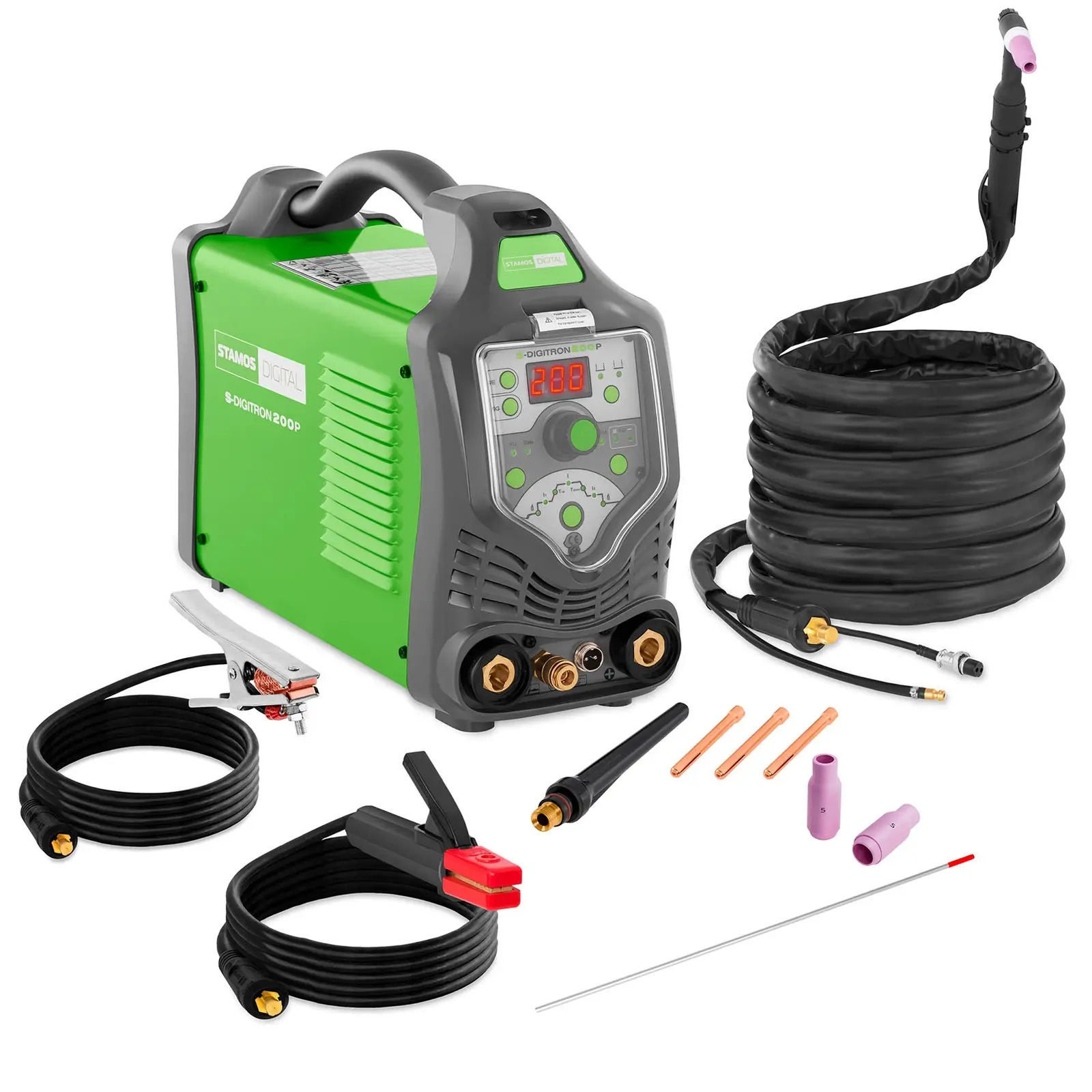
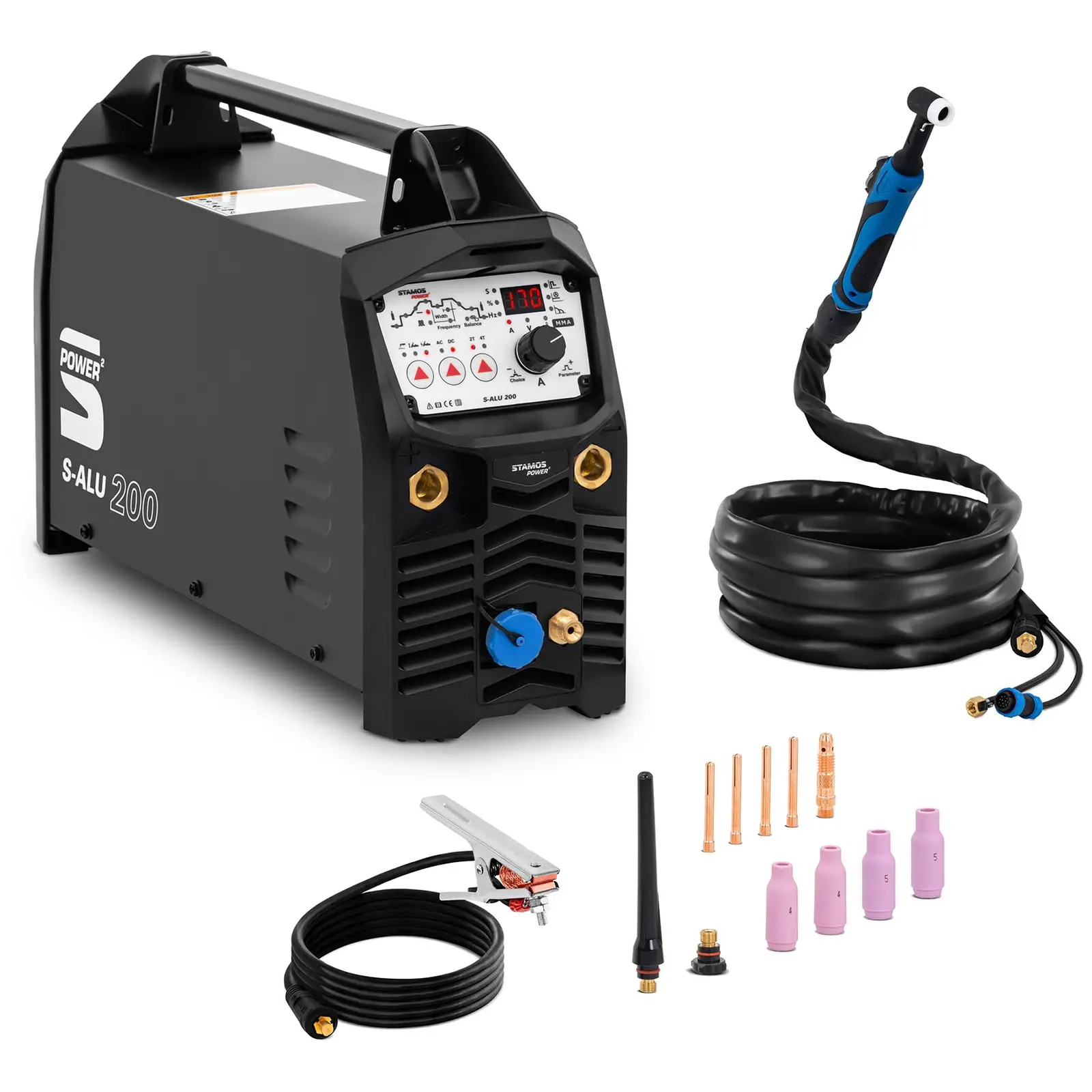

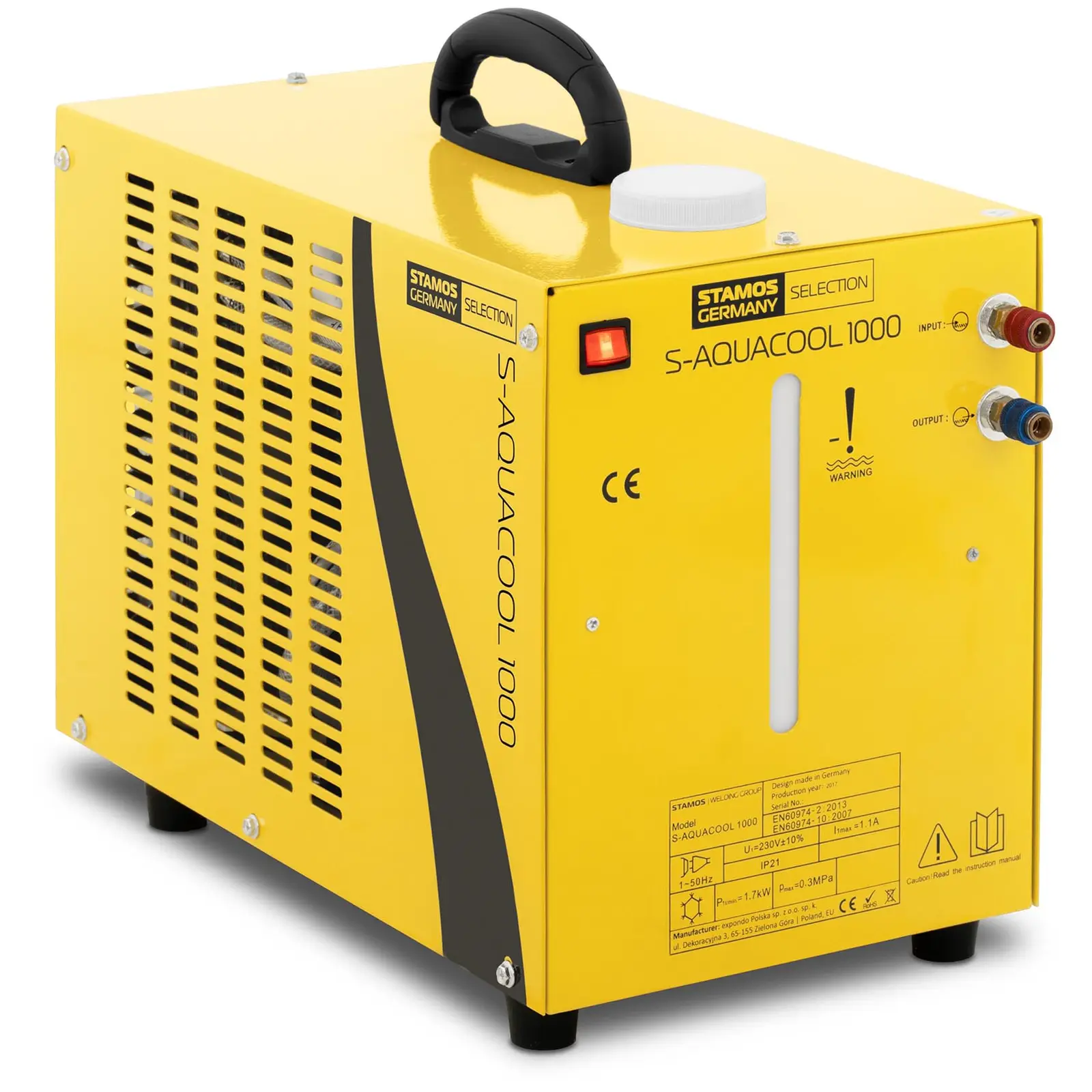



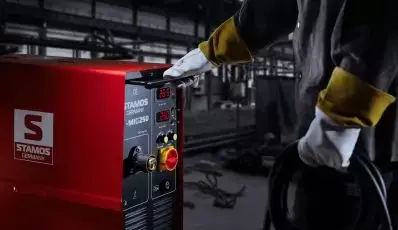
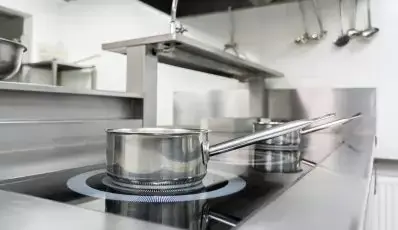

Share